One of the safest ways to remove ticks without leaving the mouth parts of the tick implanted in the skin, and without using chemicals.
- Cradles the tick’s body without compressing the abdomen.
- Minimises the transfer of tick-borne infections.
- Removes the tick quickly and painlessly.
- With a shaped handle and angled hook for ease of use.
- Can be used on people and animals.
- Can be disinfected or sterilised.
- Made from recyclable plastic which is resistant to ether and most solvents.
- Can be incinerated without producing pollutant chlorine fumes.
Tick Removal Instructions
Ideally, wear rubber / plastic gloves or, in the absence of gloves, shield fingers with tissue or paper.
- Choose the most suitable O’Tom Tick Twister tool, according to the size of the tick (each pack contains two sizes, one for adult ticks and one for the tiny nymph ticks).
- Engage the tool by approaching the tick from the side (the body of the tick is flat when unfed) until it is held securely.
- Lift the tool very lightly and TURN IT (clockwise or counter-clockwise). The tick detaches itself after 2-3 rotations.
- After removing the tick, disinfect the bite site and wash hands with soap and water.
- You may want to save the tick for identification in case the person or animal the tick was attached to becomes ill within several weeks. To save the tick, write the date of the bite in pencil on a piece of paper and put it with the tick in a sealed plastic bag and store it in a freezer. Your doctor / vet can then identify that a tick bite has occurred and use this information to assist in making an accurate diagnosis.
If you don’t want to keep the tick, the best way to dispose of it is to place it in a tissue and squash it. Then flush the tissue down the toilet or dispose of it in a dustbin. This will prevent the tick from going on to bite another person or animal.
Although not every tick carries disease, immediate removal of an attached tick is recommended.
DO NOT use petroleum jelly, any liquid solutions, or freeze / burn the tick, as this is likely to stimulate it to regurgitate (vomit) saliva and stomach contents, increasing the chance of infection.
Colours may vary.

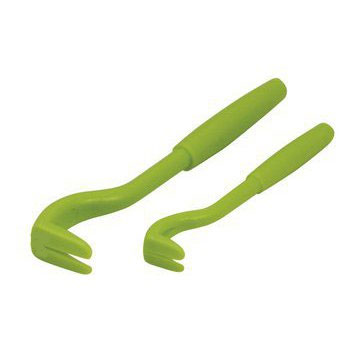
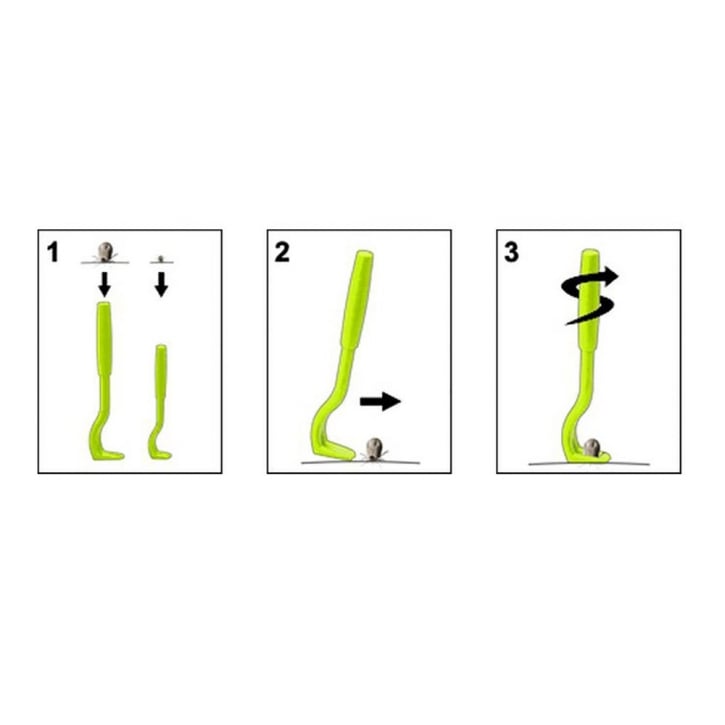
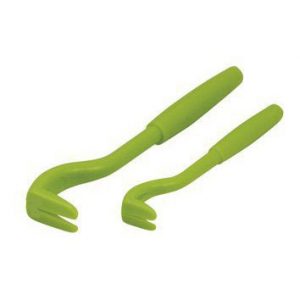

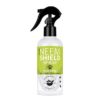
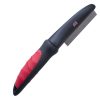
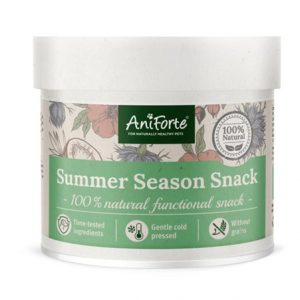

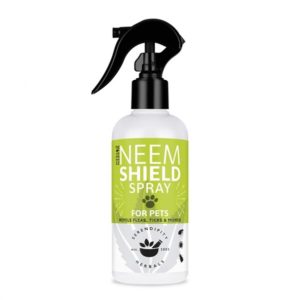
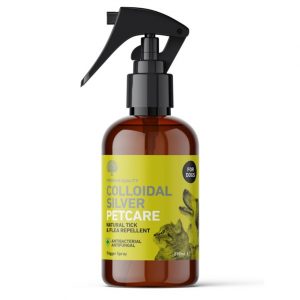

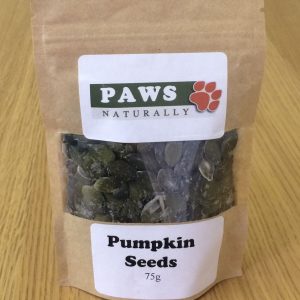


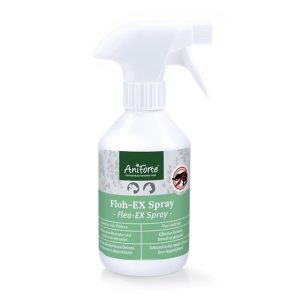


Reviews
There are no reviews yet.